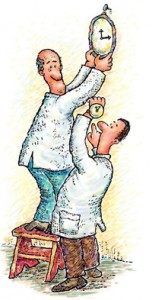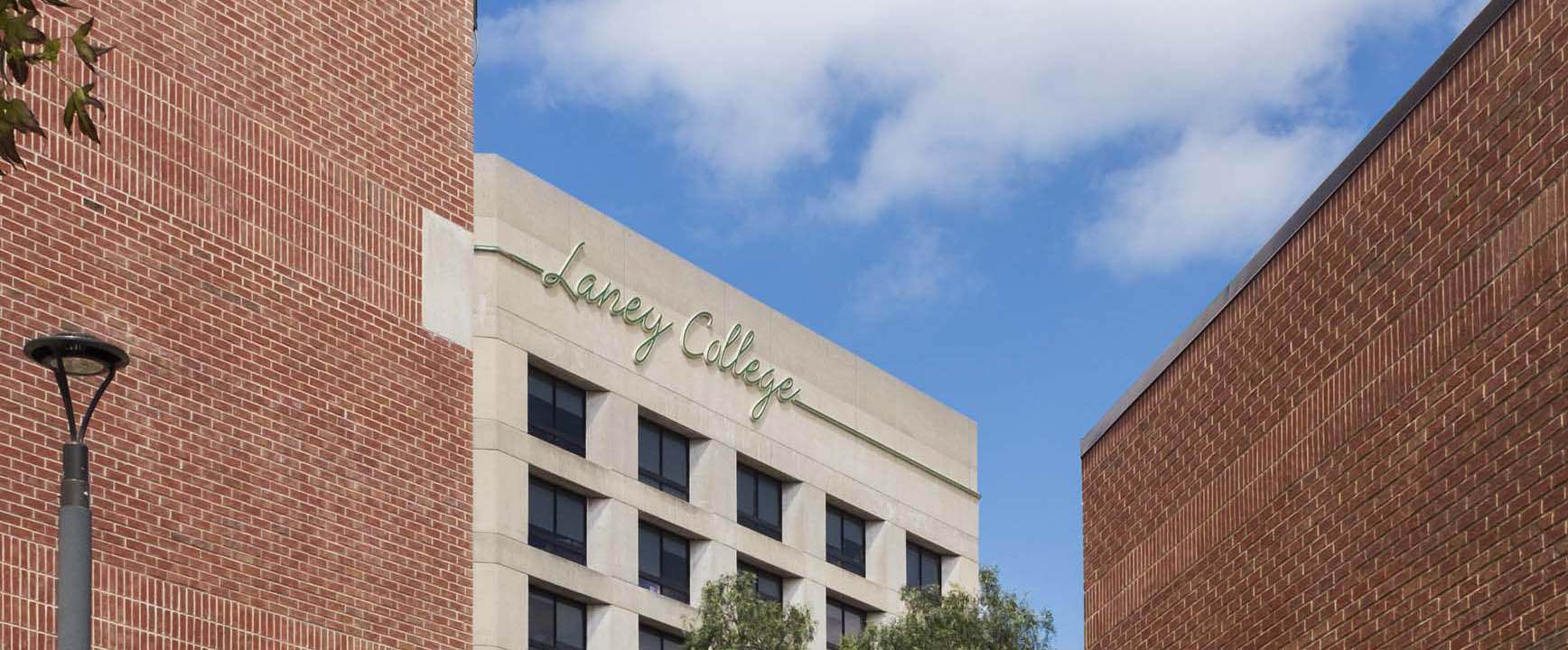The word theory is used often in daily language. You may have heard it used like this: “My theory is that she secretly likes him” or “My theory is that they really just wanted to hire from the inside” or even “There are a number of different theories about the cause of the disease.” So it’s understandable why so many people think that theories are sort of off-the-cuff, plausible explanations made with little to no evidence. In science we mean something entirely different when we talk about theories, however. Let’s look at two definitions of the word.
From the Oxford American Dictionary:
theory |ˈθēərē; ˈθi(ə)rē|noun ( pl. -ries)a supposition or a system of ideas intended to explain something, esp. one based on general principles independent of the thing to be explained : Darwin’s theory of evolution.
From The Essentials of Biology with Physiology (standard non-majors biology textbook):
theory: a widely accepted explanatory idea that is broad in scope and supported by a large body of evidence.
So, theories in the scientific sense of the word are broad ideas with great explanatory power. This is in contrast to another sciencey word that we use a lot less in everyday conversation – hypothesis. A hypothesis is a tentative explanation that a scientist proposes for a specific phenomenon that has been observed. The biology textbook referenced above calls it “an idea on trial” and that’s a fine shorthand way of thinking about it. In fact, it is hypothesis that we mean when we use the word “theory” in conversation. Hypotheses are more conjectural by nature because they are backed up by less evidence than theories. It would be more accurate, but perhaps more geeky, to say the following: “My hypothesis is that I got my cold from my roommate.”

Theories are powerful ideas that allow us to learn new things by spinning off multiple new hypotheses. It’s sort of like a large, successful company spinning off smaller companies. Indeed, scientific theories have led to some major breakthroughs in technology and huge profits by companies. Let’s take Einstein’s theory of relativity. One of the key parts of Einstein’s theory, called special relativity, deals with time dilation, the idea that a moving clock will tick-tock more slowly than the observer’s stationary clock. It’s a strange idea that time would work differently depending on how fast things are moving and where you are relative to another moving clock, but it has huge implications for satellite communications and global positioning systems (GPS). The other idea covered in Einstein’s theory of relativity, general relativity, has to do with gravitational effects on time. Both movement and gravity have to be accounted for in order to make the satellites work properly. It all gets complicated very quickly so I’ll let this video do the explaining (from the Science 2010 Visualization Challenge).
Pretty fascinating stuff, huh? The theory of relativity is so powerful that we can use it to ask new questions and propose ever more hypotheses. For instance, does the fact that your head is higher off the ground than your toes mean that your hair ages faster than your toenails? If the theory of relativity is true, we would hypothesize that this is the case. After all, doesn’t time move faster the further away you are from a major source of gravity? We would expect that the time difference would be a vanishingly small number and it would require a super-sensitive clock to measure it. In fact, this experiment has been performed using the most sensitive clock known, the optical clock, which is 40 times more sensitive than the best atomic clock. Result? Yes, the hair on your head ages faster than the nails on your toes…by 4-parts-in-100-million-billion, a number so small it really wouldn’t be worth your while spending as much time as possible laying down flat in order to keep your brain from aging too fast.
Theories don’t age or wear out with time. The theory of relativity was proposed between 1905 (special relativity) and 1916 (general relativity). Of course, it was a fundamental property of the universe before Einstein discovered it and it has been ever since. Further experiments have only added more evidence supporting the theory of relativity, including some recent work by Stanford scientists. There is such massive evidence supporting the theory of relativity that it is a scientific “fact” in much the same way the heliocentric theory of the solar system, atomic theory, cell theory, gravitational theory, plate tectonics theory, and evolutionary theory are facts.
There’s much more to say about evolutionary theory, which is why I treat it as a major theme of my general biology classes. If you’re interested in finding out more about the evidence, Berkeley’s Understanding Evolution website is an excellent resource.
Image from here.



